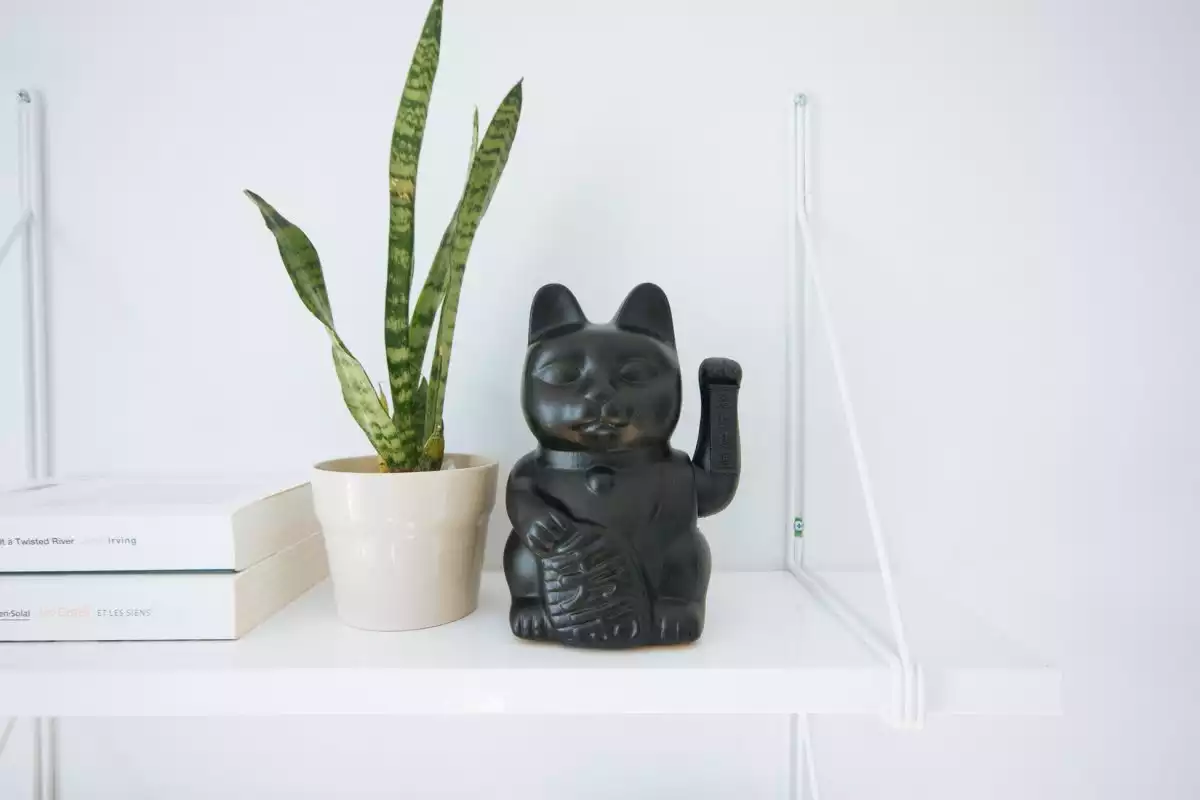
Feng shui is an Asian practice that spans thousands of years, and that forms a part of traditional Chinese medicine. Today, it is used as a tool to find balance and harmony in the design of homes and other spaces.
Below, we will go over what the Chinese practice known as Feng Shui is, the philosophy behind it, and its main principles.
What is Feng Shui?
Feng Shui means "the wind (Feng) and water's (Shui) paths" or "the universe's natural force." Feng Shui is a Chinese art with an emphasis on the order of rooms, objects, and even buildings. This helps to bring good energy, harmony, and overall balance to the space, which has a positive impact on those that dwell within it.
The Feng Shui design philosophy fosters good health, positive social relationships, self-confidence, self-contemplation, and respect for one's self and others. This practice was derived from the Chinese concept of Yin and Yang (duality between two opposite and complementary energies, which everything in the Universe possesses).
Traces of Feng Shui date back to the year 6000 A.C. with the alignment and organization of tombs in Yangshao villages. Some claim that Feng Shui is not an exclusively Asian practice since prehistoric Europeans were also known to organize objects and structures to reach a state of harmony with the Universe.
In Feng Shui, there is a prevalent theory that tells of a shaman that understood the vital importance of placing a town strategically between water and wind elements. Regions with a light wind produced abundant crops, and a location close to natural springs fostered growth and guaranteed the health and harmony of a community.
This type of shaman continued to spread their knowledge and thought process, through the teachings of the Chinese philosophies, Daoism and Taoism, (along with Chinese religious beliefs), which slowly created the now ancient practice, known as Feng Shui.
The philosophy
This age-old Chinese design theory evolved based on a correlation discovered between the state of an environment or space and positive or negative feelings. According to Daoism, everything in the Universe has qi (pronounced chi), which is energy or life force.
Qi has two kinds of properties which we mentioned beforehand: Ying and Yang, two opposite concepts that cannot exist without one another. Qi consists of eight components that make up the Universe: lake, mountain, fire, water, sky, thunder, wind, and earth. A combination of any three elements listed represents a particular energy pattern.
For this reason, the proper layout of these would not just affect a place's qi, but also the people in this space. In this respect, Feng Shui's goal is to find the balance between Yin and Yang to foster health and prosperity with the wind (Feng) and spread qi with water (Shui).
The bagua or "former heaven sequence" is made up of energy trigrams that coexist in harmonious equilibrium.
Each trigram has a balanced pair; for example, Earth is balanced by Mountain, Fire with Water. The Taiji (or yin-yang symbol) is placed in the center of the trigrams and represents the unifying force.
In Feng Shui, bagua is used to get a better understanding of the energy that exists in a home, room, or office, and if it is balanced and in harmony.
Feng Shui rules
Feng Shui is much more than just this, but, to move on we will take a look at the five most common principles of this practice.
Take note that these Feng Shui basics should be used merely to compliment and promote health. However, this practice should by no means be used as the sole source of treatment for health problems.
1. Door placement
In Feng Shui, qi or energy is thought to enter and leave spaces through doors. That is why doors placed opposite each other cause the qi to move too quickly, thus leaving the room.
On the other hand, doors adjacent to one another help to create a circular energy flow, stimulating relaxation and harmony.
2. Furniture organization
It is not recommended to place chairs, beds, armchairs, couches, or any other kind of seat, with its back facing a door or a window.
Arranging furniture in this way is considered bad Feng Shui since it exposes your back to a possible attack from the door's direction.
3. House and building location
In Feng Shui, having a home at the end of a one-way street, facing a church or other spiritual building, at the end of a bridge, or close to a highway, is undesirable. These locations are all thought to have an energy flow that is either too fast or too slow.
A house orbuilding located on a rectangular parcel with an open space directly on the other side of the home would be ideal, according to this practice's followers.
4. Home entrance
The home's entrance should be neither too big nor too small since this complicates the flow of qi in the home. This is why it is crucial for the home's entrance to be proportionate to the building size.
5. Mirrors and window location
The mirrors located inside of the home should never be placed directly across from chairs or beds. Likewise, when possible, windows should look out to attractive and natural views.
If views are unpleasant, place plants outside of the window to improve the room's Feng Shui.
References
Ford-Martin, P. (2005). Feng Shui. In J. L. Longe (Ed.), The Gale Encyclopedia of Alternative Medicine (2nd ed., Vol. 2, pp. 740-743). Detroit: Gale.
